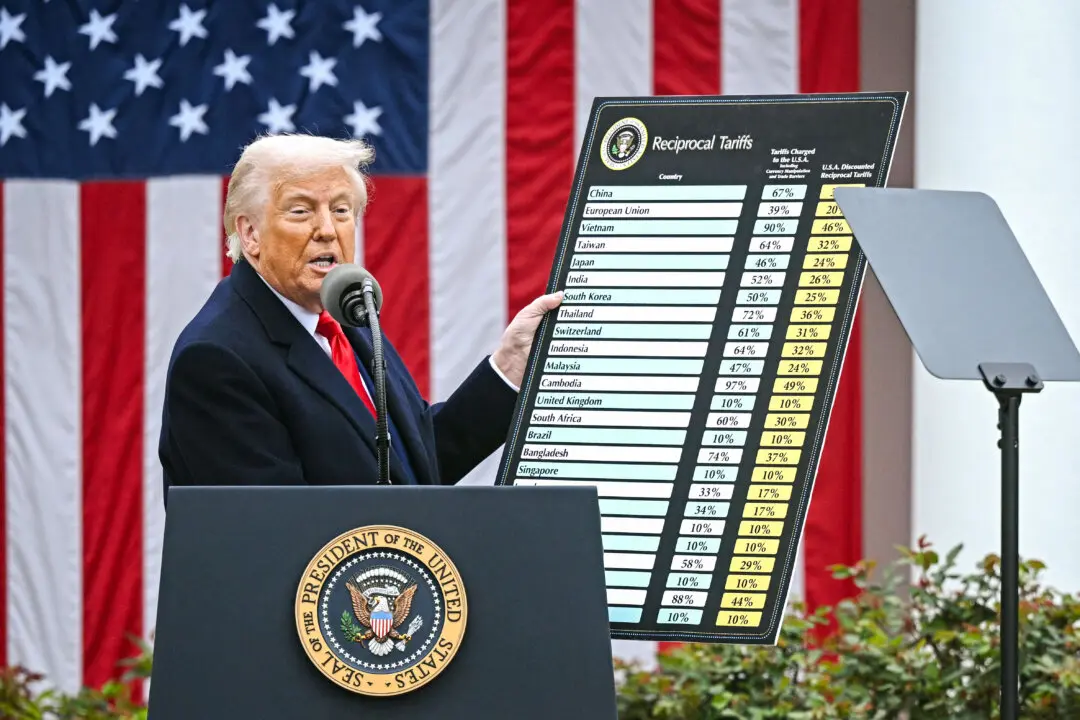The United States test-fired an unarmed Minuteman III intercontinental ballistic missile (ICBM) from Vandenberg Air Force Base, California, on Nov. 6.
“Test launches provide valuable data for U.S. Strategic Command and the U.S. Air Force. A reliable test launch occurs when a test missile launches, completes its flight path within a designated safety corridor, the equipment functions properly, sensor data is collected, and the reentry vehicle impacts where targeted,” Global Strike Command officials told KSBY News.




